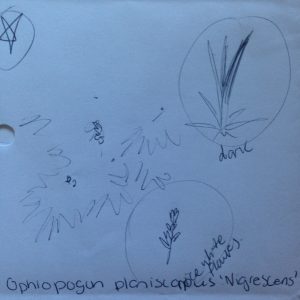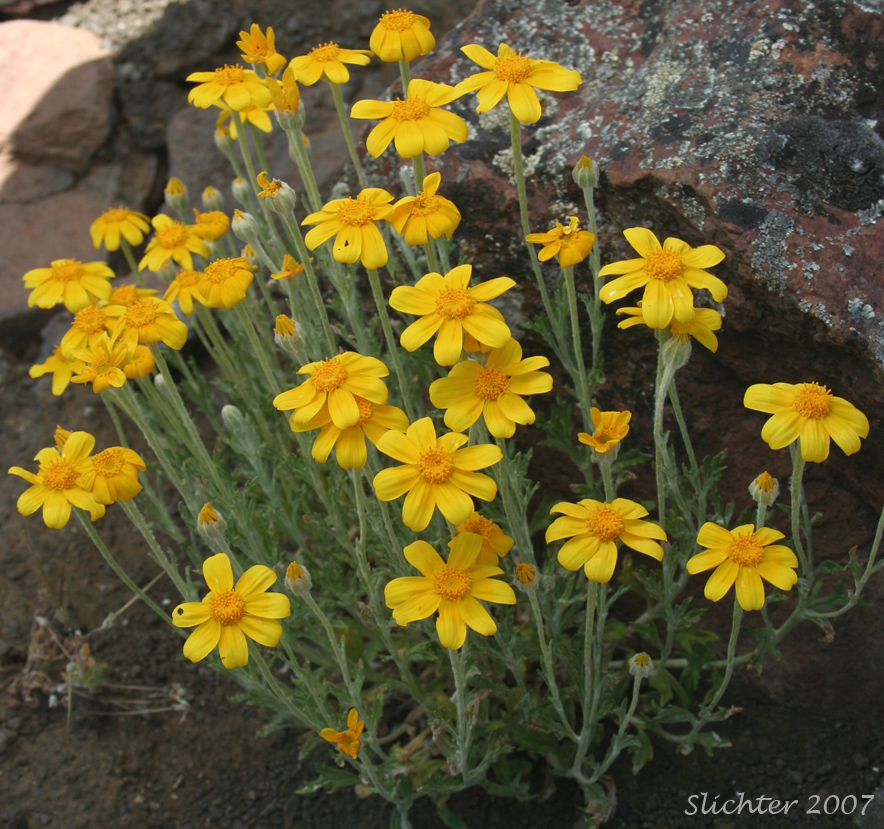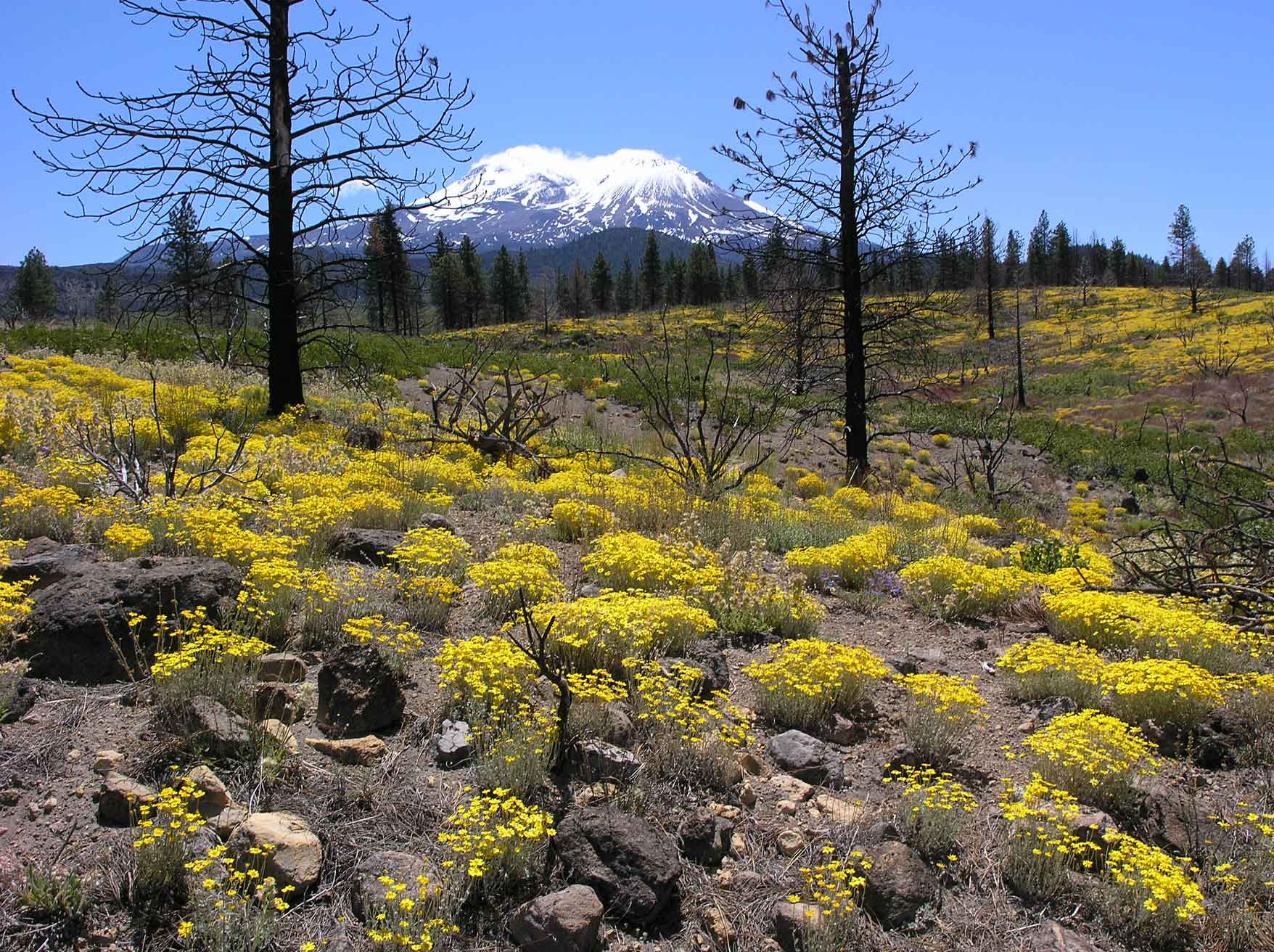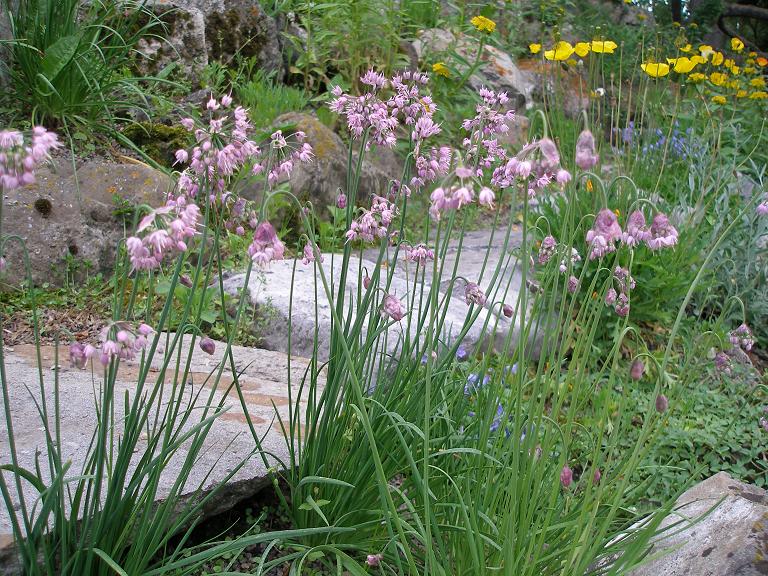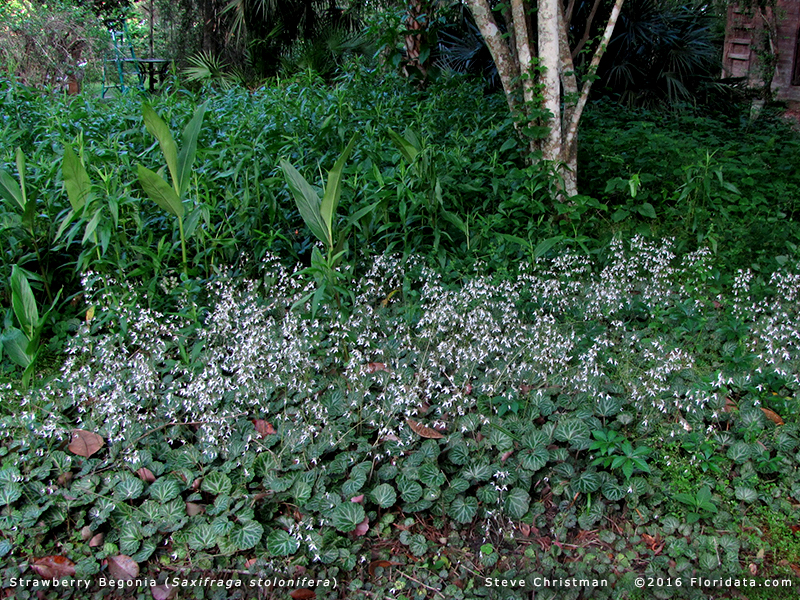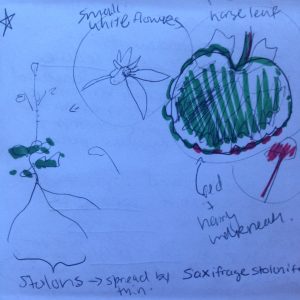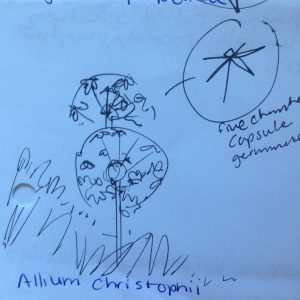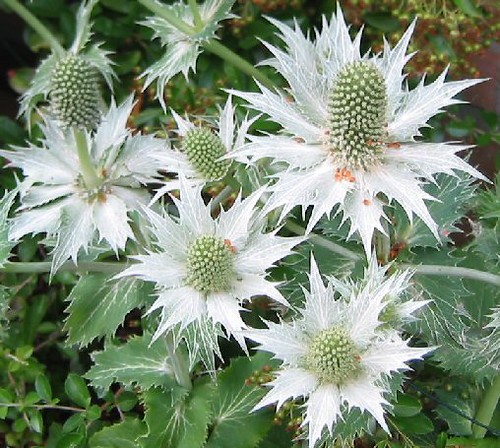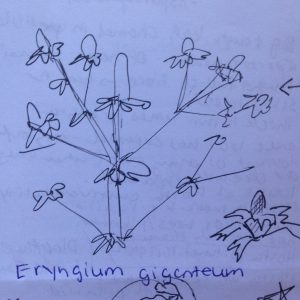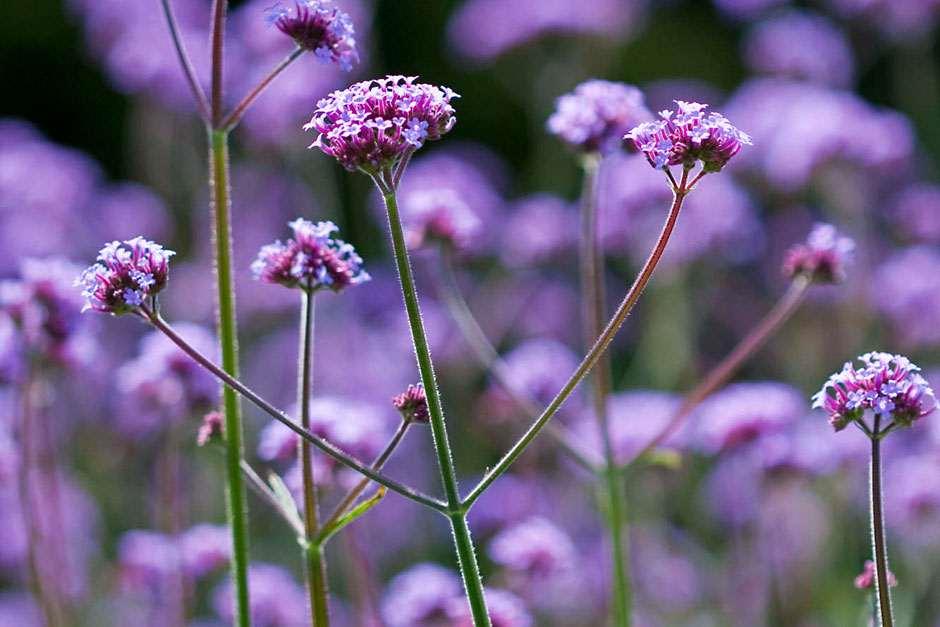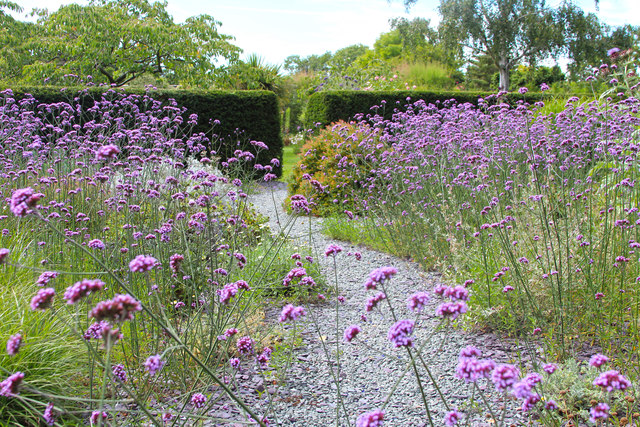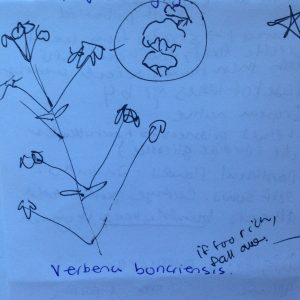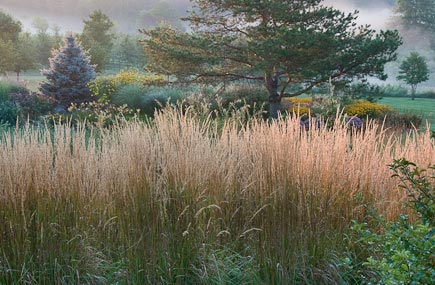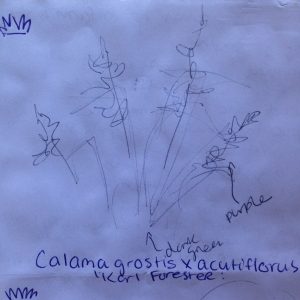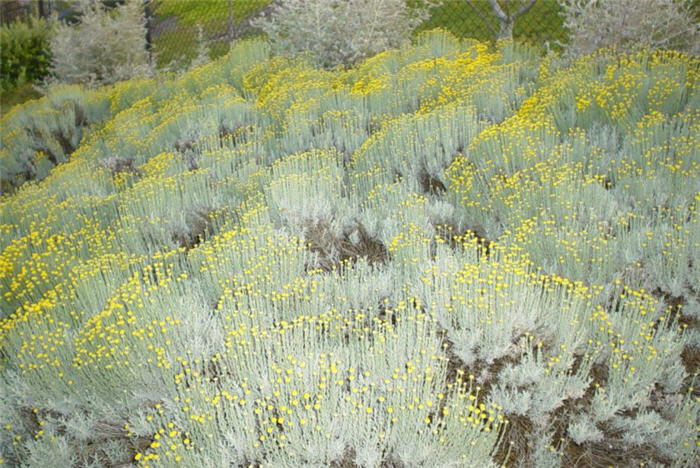
https://c2.staticflickr.com/4/3197/3881882580_9fe16e1900.jpg
Class summary: Sledges prefer wet where they receive excess moisture. However, they can tolerate drought as well. The roots are adapted to low oxygen levels which is why they can tolerate drought. However, they cannot tolerate shade. A little bit is okay. Good on a North facing area. Blah texture. No node. Sedges have edges, rushes are round, grass leaves drop to the ground – rhyme describes general truth but there are exceptions. Grasses have nodes, where the leaf protrudes from. Whereas, sedges and rushes have no node.
Site: Found in full sun in the prairies in moist areas. Grasslands, sand dunes, marshes in North Africa and naturalized in North America and Europe. Full sun to light shade. Moist to dry soil. Coldest to zone 4. Evergreen. Good for rock gardens or ground cover. Flowers June to July.
Aesthetic notes: The site conditions are so versatile that I think it would be a good addition to a rain garden. I think it’s natural habitat as a prairie grass could work well for catch basin sites to create a naturalized look without drawing attention to itself. The desaturated blue is a good neutral plant that could form as a backdrop for other plants.

http://www.perennialfarmmarketplace.com/_ccLib/image/plants/DETA-2737.jpg


